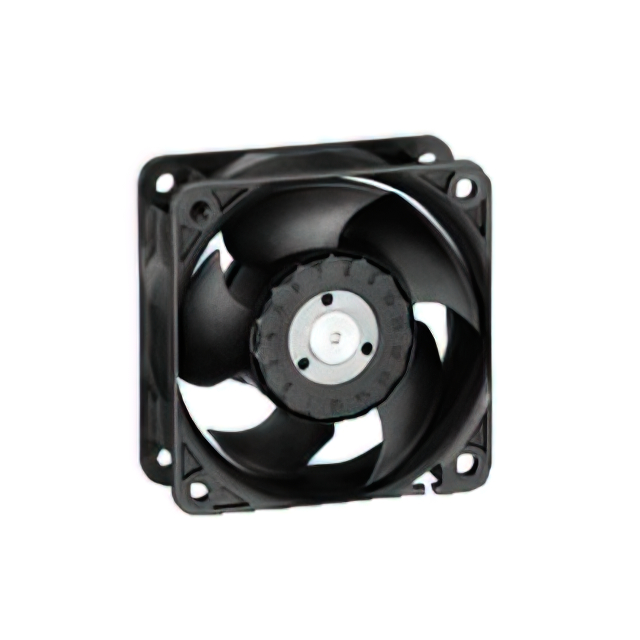622 Series, DC Brushless Fans (BLDC)
Results:
1
Manufacturer
Series
Operating Temperature
Air Flow
Noise
Ingress Protection
Static Pressure
Bearing Type
Approval Agency
Fan Type
Termination
Voltage - Rated
Size / Dimension
RPM
Weight
Power (Watts)
Features
Width
Results remaining:1
Applied Filters:
622
About DC Brushless Fans (BLDC)
DC fans are electromechanical devices utilized to generate air movement and function exclusively with a DC power source, commonly 48 volts or lower. While the majority of currently available products in this category rely on brushless motor technology, certain variations exist in their additional features, including options for speed control and feedback mechanisms. These products play a crucial role in facilitating air circulation and cooling within electronic systems, offering efficient and reliable operation with direct current power sources. Despite the widespread adoption of brushless motor technology, the diversity in speed control and feedback mechanisms provides users with tailored solutions to address specific performance requirements and operational preferences. By incorporating features such as speed control and feedback mechanisms, DC fans offer enhanced flexibility and customization options, enabling precise regulation of air movement and temperature management within electronic equipment. This adaptability ensures that DC fans can be effectively integrated into a wide range of applications, contributing to the efficient and optimal functioning of electronic systems.

